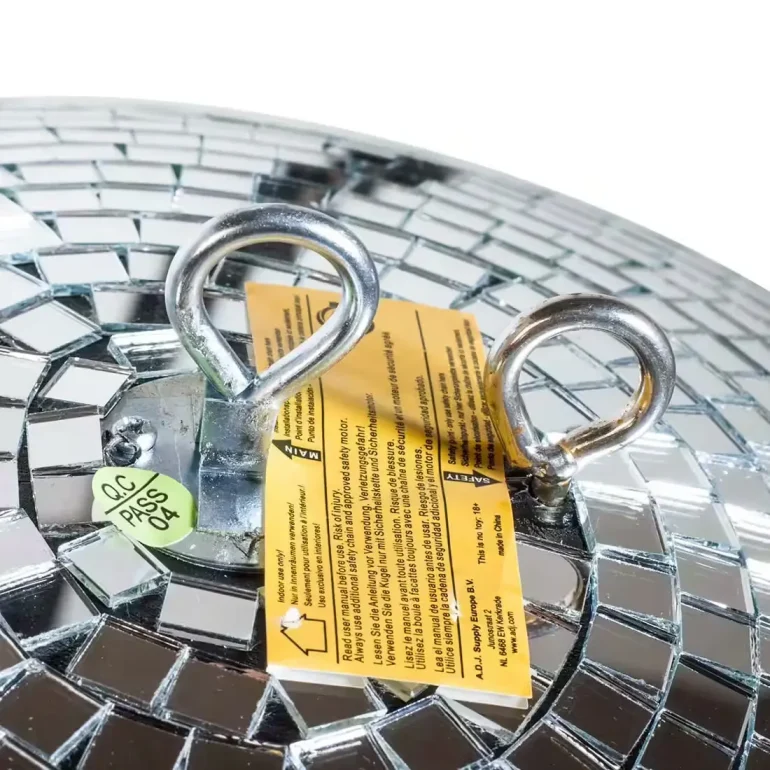Disco Ball Morocco OLD IS GOLD
It appears that the disco ball as we know it was first used in the late 19th century. By the 1920s, it had found its place in Berlin cabarets. Since then, the "disco ball" has become a staple in venues where dancing regularly takes place. Although lighting technology is becoming increasingly complex, the effect of this simple ball remains hard to match with modern techniques. So, how does the disco ball continue to have such an impact? Simple Yet Effective
Simple, but effective
A disco ball is typically a polystyrene or hollow plastic sphere covered with hundreds of small mirrors, usually measuring 5×5 mm or 10×10 mm. These mirrors are arranged in rows from top to bottom, creating the ball's characteristic pattern. On its own, the ball doesn’t do much; it requires light from an external source. The beam of this light is then reflected by the mirrors, creating the effect of hundreds of tiny light points on walls, floors, ceilings, and other surfaces. These points are already delightful but become even more impressive when the beams are made visible with a bit of fog from a smoke machine.
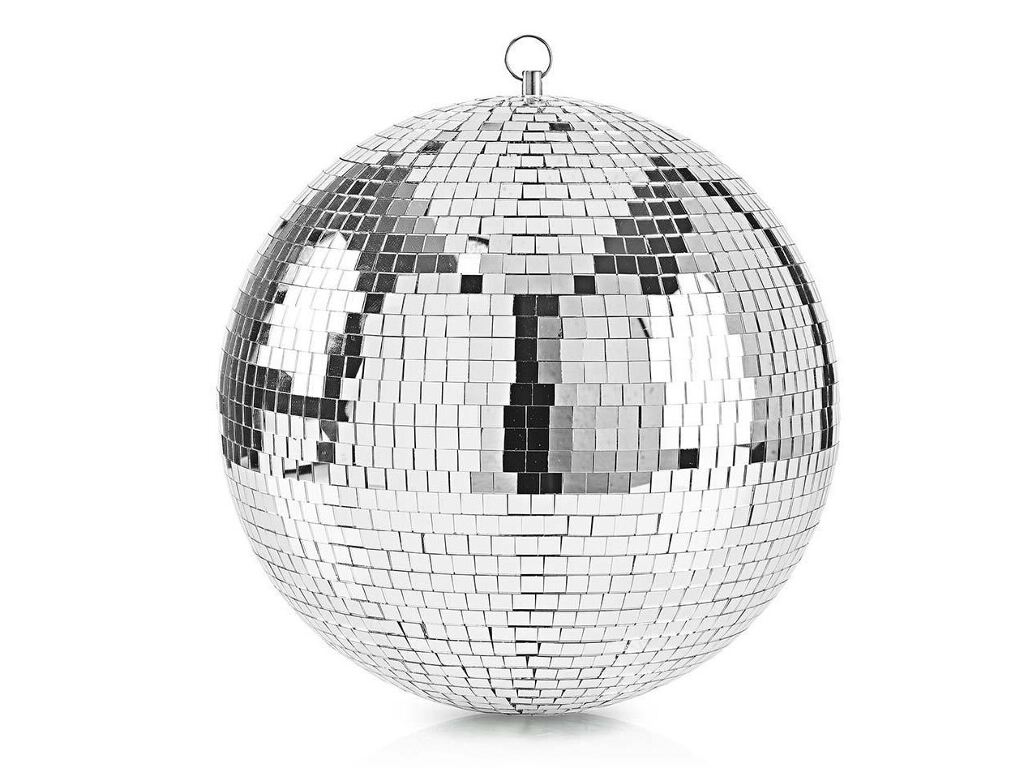
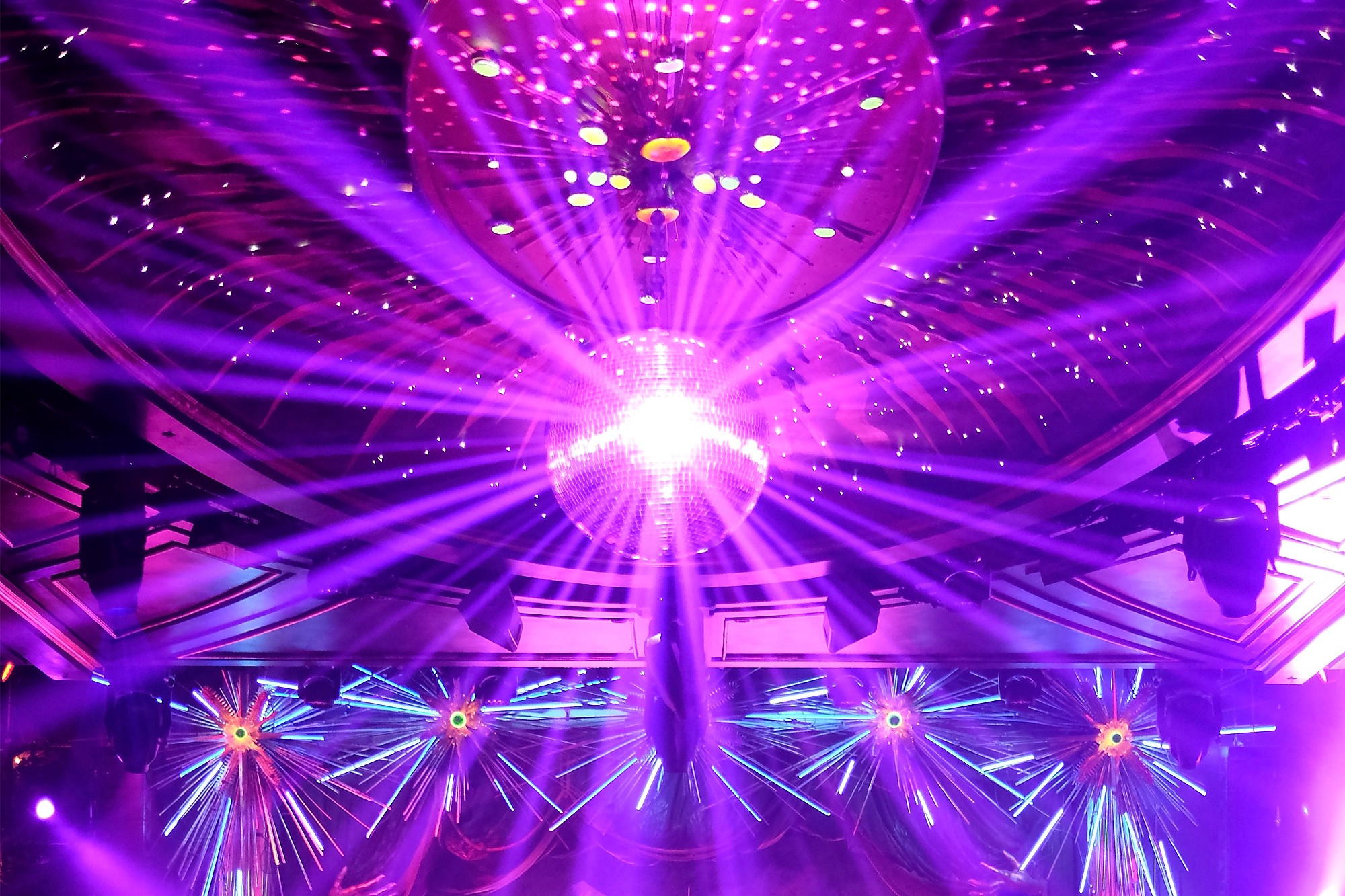
Affordable and Nostalgic
In the 1990s and early 2000s, the disco ball with a pinspot (and a motorized color wheel if you had the deluxe version) was ubiquitous in many teenagers' rooms, community halls, and local bars where occasional parties were held. With the arrival of affordable LED disco lighting, the disco ball was somewhat sidelined, as often happens with trendy new inventions. Much like music lovers who sold their vinyl records en masse when CDs hit the market, only to later realize they might have been too hasty, the disco ball is now being embraced again for its nostalgic charm. It’s also a beloved choice because it’s relatively simple and affordable.
Lighting Tips for Disco Balls
Properly lighting a disco ball requires some attention to achieve the desired effect. Here are three key factors to consider:
Facteur #1 : Précision
The angle of your light source is crucial. Choose a fixture with a narrow beam to effectively illuminate the ball without too much light spilling behind it. A poorly focused light will miss the ball and cast a solar eclipse-like shadow on the wall. That’s why a “pinspot” is typically used—a device designed to project a very narrow beam. Alternatively, a moving head with a narrow beam can be used, offering versatility for other lighting effects.
Factor #2: The Right Number of Lights
For optimal effect, illuminate the ball from multiple angles. If the ball is hanging in the center of the room, four light sources around it will provide full coverage. If it’s above the DJ booth, two light sources in a V-shape may suffice. Avoid using a single light directly in front of the ball, as it may cause a scattered and less cohesive reflection.
Factor #3: Sufficient Power
The light's intensity depends on the venue size and distance from the disco ball. In a small room, less power is needed, but in large venues, a stronger light source may be required to make the effect visible, especially if combined with other lighting setups.
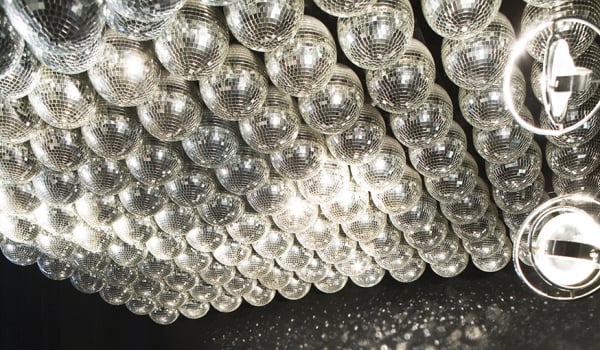
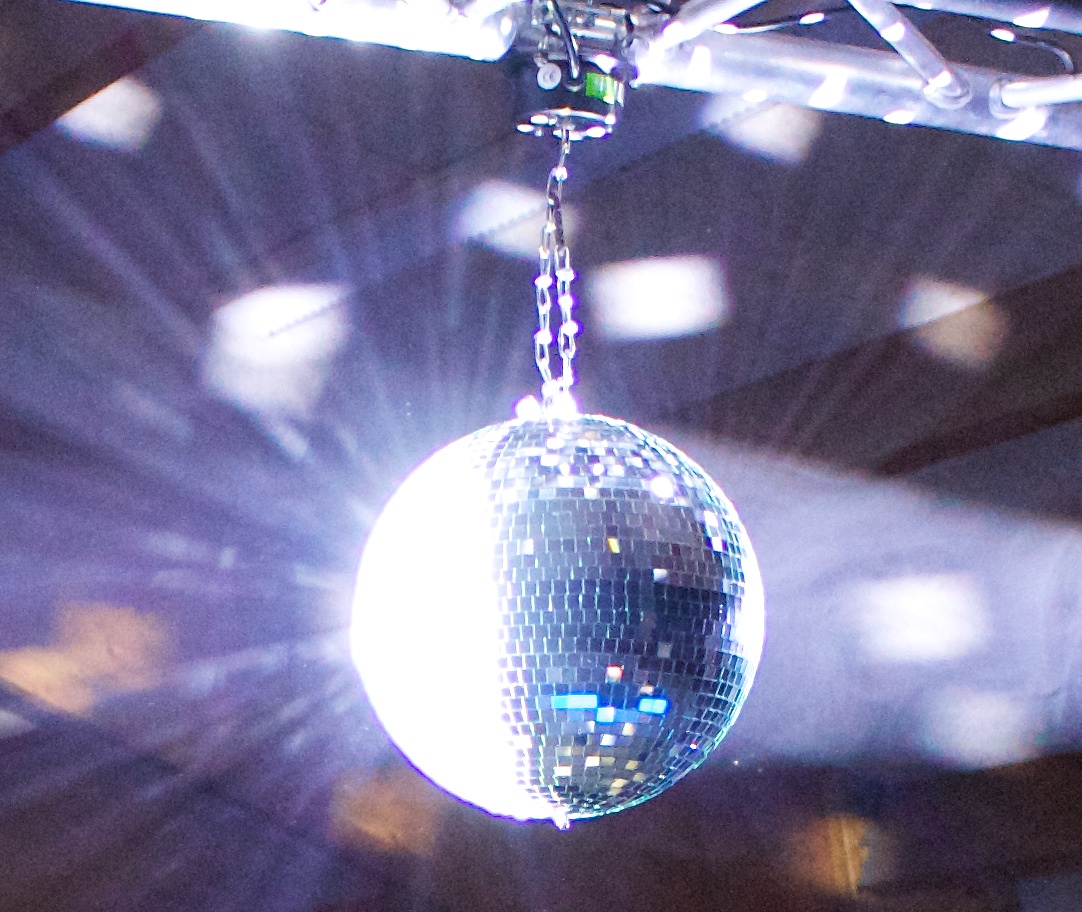
Rotating for Maximum Effect
To create the dynamic spinning effect, you’ll need a motor for the disco ball. These motors typically allow you to select rotation speeds, measured in RPM (rotations per minute). The most common speeds are 1 and 3 RPM, with slower speeds often used for larger balls.
Chain and security
Ensure the motor is securely mounted and use proper tools like carabiners with screw locks. For larger balls, add a safety chain or cable to provide an additional layer of security. This ensures reliability in case the primary setup fails.
